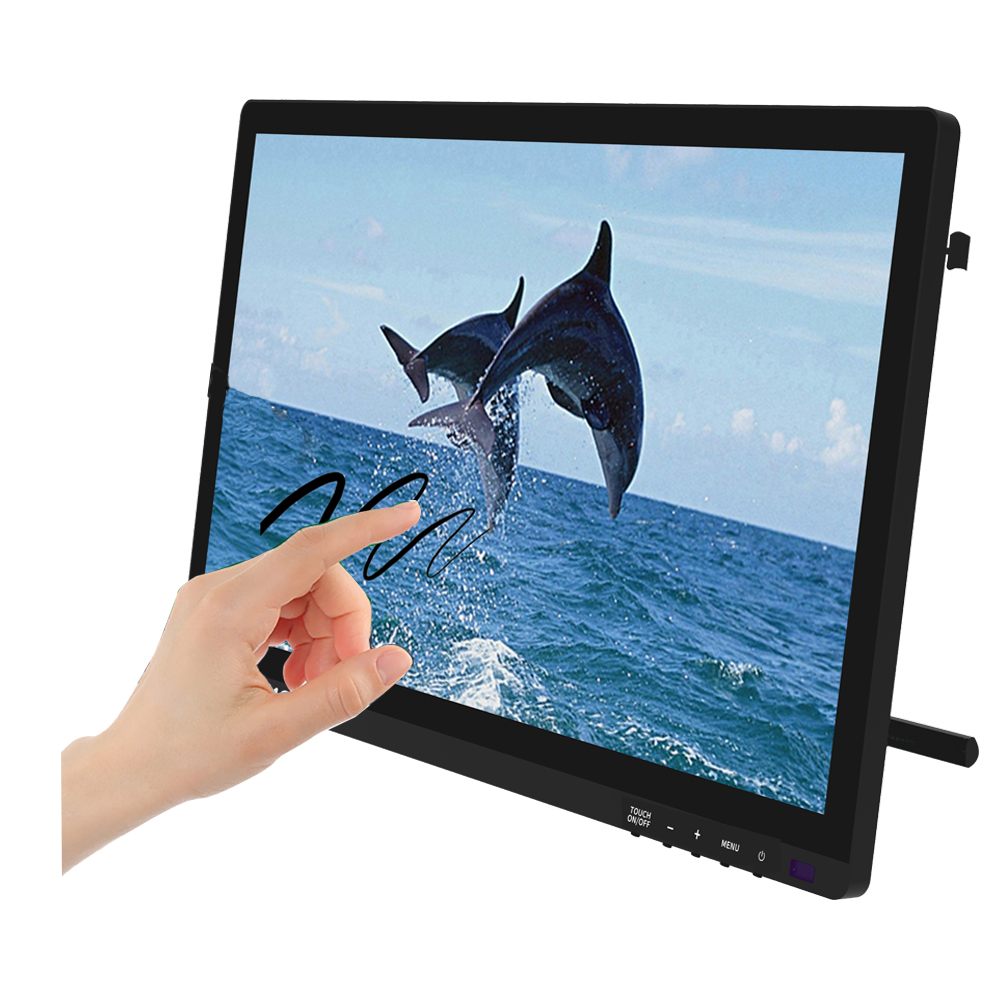A capacitive touch screen is a control display that uses the conductive touch of a human finger or a specialized input device for input and control. In education, we use it as an interactive touchscreen podium or writing pad. The most popular feature of this touchscreen is the ability to quickly recognize and process different touches simultaneously. Capacitive touch screens have the advantages of precision, fast response, and durability. That’s why they are widely used in education, business, office, medical, industrial, etc…
As mentioned earlier, capacitive sensor displays can achieve up to 100% accuracy. This means that even if there are different stimuli at the same time, the touchscreen can react correctly and generate different actions on the screen. Because it works through conductivity, the capacitive model is able to provide a very fast response to human stimuli. For users, this feature represents a smoother experience and is an added advantage for those looking for modern interactions. A very positive point of capacitive touchscreens is the presence of a second protective layer, which overlaps the screen. To avoid residues on the main contact surface and ensure greater predictability, it also makes the screen more corrosion- resistant.
In the classroom, using a capacitive touch screen as your interactive podium would Control your lecture or presentation without turning your back to your audience. Which means it assure enough eye contact time between you and your students or audiences. We all know that eye contact is essential to make your message deliver effectively. For a lecturer, making audience keep up with you is always the first thing. On the other hand, using a capacitive touch screen and make your presentation more vivid and understandable. Different from texts teaching, using an interactive podium allows teachers to demonstrate operation steps, which is really important to some lessons like design or engineering.
Post time: Apr-14-2023




